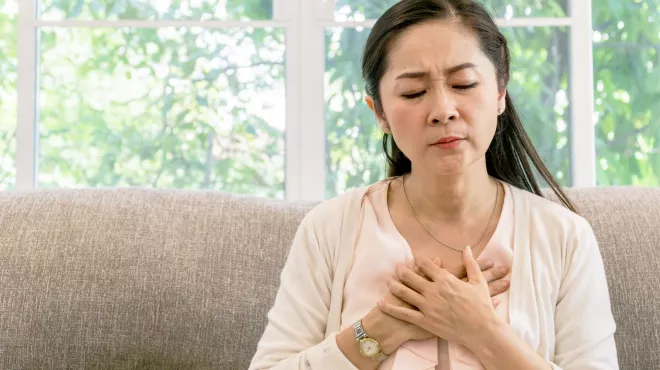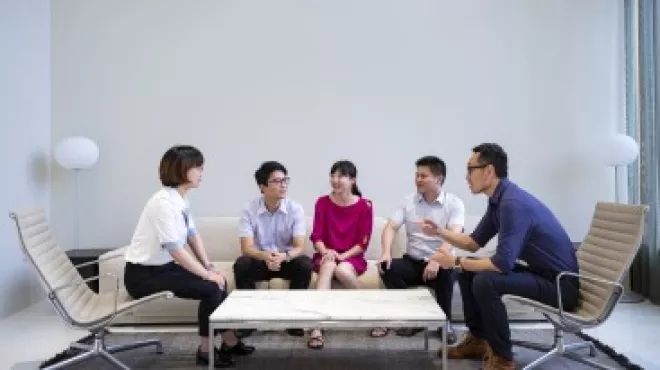“Bamboo Spine” is a radiographic feature seen late in patients suffering from ankylosing spondylitis. Ankylosing spondylitis belongs to the spectrum of conditions called Spondyloarthritis (SpA). These conditions are considered autoimmune and chronic inflammatory disorders. Ankylosing spondylitis mainly affects joints in the spine and the sacroiliac joints in the pelvis. This results in gradual ossification of the outer layers of the annulus fibrosis which forms interverterbral bony bridges called syndesmophytes.2 Fusion of the joints and calcification of the spinal ligaments along with syndesmophyte formation can result in “bamboo spine.”
There is a great burden to this condition as it causes gross spine deformities and significant loss of mobility and increases the risk of a spinal fracture1. Symptoms commonly include pain and stiffness. These can have a gradual onset and may progressively worsen and last for years. The condition tends to affect males more than females. Age of onset is typically before 45 years2.
A multidisciplinary or multi-specialty approach to this condition is the most ideal to address the symptoms, slow down the progression of the disease and preserve functional ability in patients. Critical to this also is the timely and correct diagnosis. A good screening that can be done by primary care physicians is to probe deeper on the characteristic of the symptoms if a relatively young adult patient presents with low back pain with more than 3 months duration. Typical for an inflammatory type of back pain would be prominence of the pain and stiffness upon waking up which eventually improves with exercise and activity.3 Imaging and/or a test for HLA-B27, if available and if the patient can afford it, would also help confirm the diagnosis2. If one or all are present, then a referral to a rheumatologist may be warranted to optimize management of the condition.
In the light of World Spine Day, which is celebrated every 16th of October, health care professionals are enjoined to promote spine health and wellness, and highlight the burden of spinal pain and disability among patients. Included in this advocacy is the promotion of physical activity, good posture, responsible lifting and healthy working conditions and encouraging patients to seek proper consult when spine problems are being experienced.



